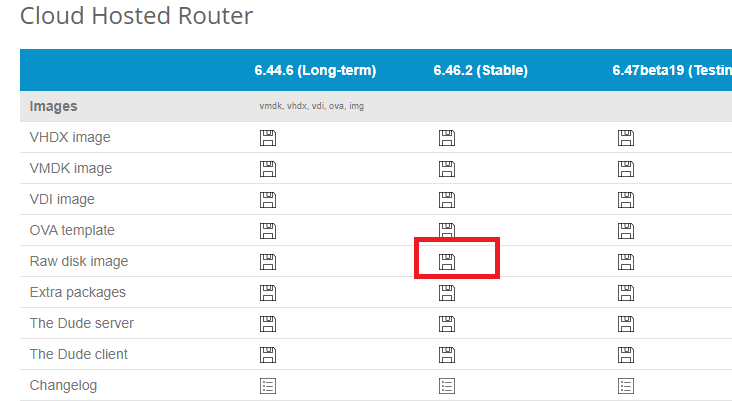
I'm not always responsive in a timely manner and probably won't be able to help you do ansible stuff, but generally do eventually reply. You can contact me via email or Twitter or LinkedIN. Thanks to Sam Oehlert for helping teach me the fundamentals.


Then run the command: ansible-playbook /etc/ansible/playbooks/mikrotik-upgrade.yml To Do Clone the repo and adjust the variables, accounting for your own file hierarchy. Use it until something better comes along. I couldn't find anything else using the routeros module that did this, either. It's also better to automate anything you need to do more than once, take humans out of the loop of repetitive tasks, and generally be more efficient. Why not? This is super simple and was a fun start to using the routeros module. Set your local IP address (better end with 1, for example 192.168.0.1), click Masquerade Network and click next, Set your. Now, navigate to IP -> Hotspot, and follow these steps. And this can be done with many things, usually there's more than one way how to do something.ĭon't be affraid to experiment, it's fun and trial & error is good way how to learn (from your mistakes ).Ansible playbook to set the software channel and update mikrotik devices Why? OK, first what you need todo is set your wireless mode to 'ap bridge', give a name to the SSID, select your wireless band and frequency. Or you could add out-interface=WAN to blocking rule to prevent if from affecting incoming connections. That could be solved either by moving this rule closer to top, before the blocking rule. Because if the rule allowing forwarded ports (the one with connection-nat-state=dstnat) is still last, incoming connections to your internal SMTP server would be blocked too. And because rules are processed in order from top to bottom, anything from DMZ to internet will be allowed (including SMTP), SMTP from everywhere else will be blocked, and finally everything else except already blocked SMTP from LAN to internet will be allowed too.īut you won't like the result if you have own SMTP anywhere in LAN or DMZ.

Sub-menu: /container Standards: Example with PiHole Prerequisites: RouterOS device with RouterOS v7.

The container feature was added in RouterOS v7.1rc3. So one solution would be to allow DMZ access to internet first, then block SMTP, and finally allow LAN to internet. Container is MikroTik's own implementation of Docker(TM), allowing users to run containerized environments within RouterOS. If you put it after the drop rule for invalid packets, it will afect both LAN and DMZ. Add chain=forward protocol=tcp dst-port=25 action=reject


 0 kommentar(er)
0 kommentar(er)
